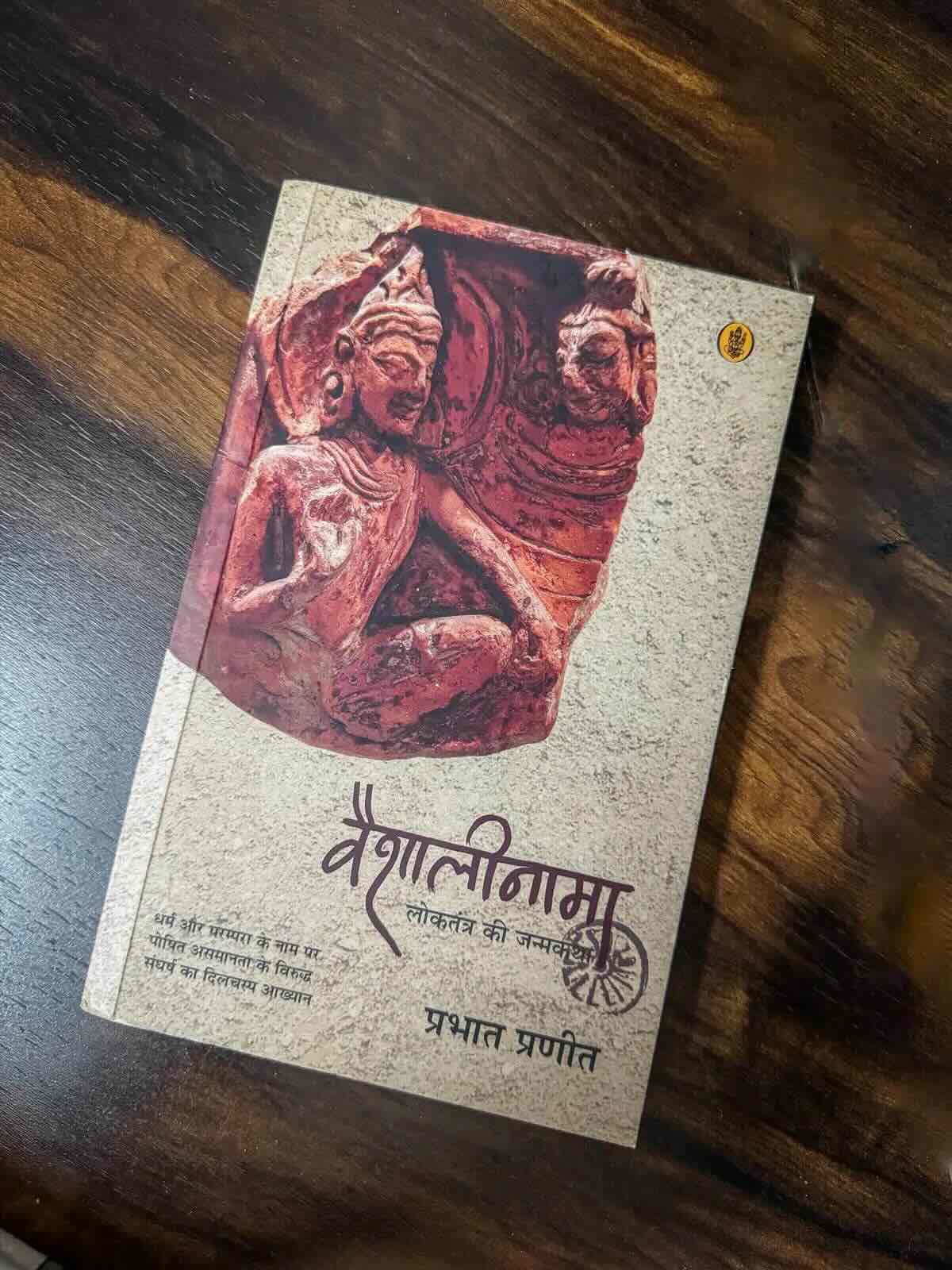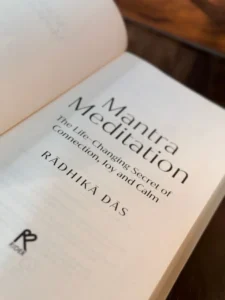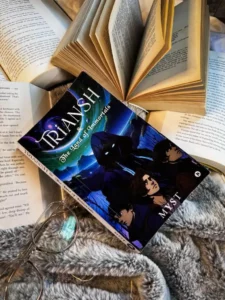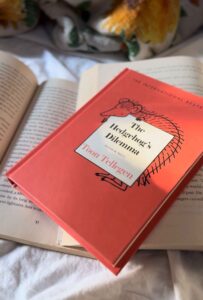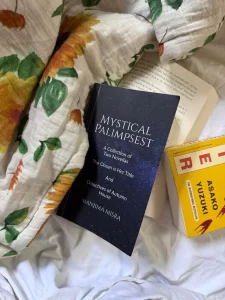Book Review of Vaishalinama: Loktrantra Ki Janamkatha by Prabhat Pranit
Vaishalinama: Loktrantra Ki Janamkatha
Neelam Sharma www.booxoul.com
Author: Prabhat Pranit
Summary
Vaishalinama: Loktrantra Ki Janamkatha by Prabhat Pranit is a tale of democracy, coming from the depths of mythology and giving us a foray not only into the cultural but also the societal systems prevalent in history, systems that were compromised and tipped against the equilibrium of equality and the greater good of all. A great political as well as socio-cultural saga, this is historical fiction you ought not to miss.
Sometimes there are stories, especially those that come from the profound depths of the mythology of yesteryear. Such tales are the ones that are special since they are indeed surreal enough to drink in, especially considering the kind of exquisite detailing they encompass within their folds. These are the ones truly delving into, coming back up with armfuls of tradition, culture, morals, and so much more.
Vaishalinama, written by author Prabhat Pranit, is a story based on a mythological tale from yesteryear, incorporating the rich cultural heritage, history, and socio-political consciousness of that period. Revolving around the repercussions of casteism as well as religion and societal standards, the story follows Prince Nabhag’s journey through the entire plethora of highs and lows in life as he proceeds to try and embark on a royal path, similar to his father, the King. However, as his just actions and persona get entangled in the alleged serpentine coils of the Varna system and the atrocities committed against the lower castes and strata of the kingdom, he loses the reins of the royal thread that should have been bestowed upon him by way of being chosen the next to the throne. And yet, as he makes a home and a new life alongside his wife, Suprabha, a Shudra girl, whether his wife can turn the tide and help him get back to his former royal pursuit and true calling is what forms the rest of this grand saga.
Yes, the traditions have indeed been prevailing in such a biased manner for years now. They are the ones who are not in an equilibrium of sorts since, right from the time the caste system came into vogue, there has been nothing but sheer discrimination as well as opposition and domination over the lower castes that are still fighting for their existence. Prabhat has managed to imbibe a lot of aspects, such as familial love, politics, social conditionalities, and cultures, through this one. Democracy, its foundations, its existence, and also its roots, and what significance they hold for the systems prevalent within a society, have been brilliantly portrayed through this one. It was heartwarming and inspiring to see how Nabhag’s wife Suprabha works towards getting him back to his rightful calling, his true pursuit of life, considering the greater good of all.
Love is surely a force that is above all and also a power that slays all. Indeed, Prabhat has shown through the tale that when the wife decides to take it upon herself to get the husband his rightful place and position, nothing can stop her. It was a lesson akin to many others that adorn such brilliant mythological tales that have shone through our literature for years. How the entire people’s movement is shown, moving the entire force of a nation’s well-being and welfare, was such that it took my breath away and made me delve into the power of one, to be honest. Yes, surely that is one reason why we choose to read and bask in the exuberance and beauty of historical fiction, to be able to learn much greater life lessons right from the source materials themselves.
One may say it is fair that the society of the past is the one that has set the entire system and sub-sects upon which thrives the basis of our community living today. And yet, as I sit back and think, I cannot help but wonder if these stories were the very basis for setting the foundation of democracy, doing away with the caste system that had somehow engrained itself in our lives earlier.
Prabhat has managed to convert and convey that particular aspect of the entire people’s movement in the Vajij district, bringing into the narrative the geographical as well as the entire demographic ergonomics, portraying not only the political scenario of the place at that time but also the emotions of people, dispersing their lives, and moving forth through the various discrepancies of the caste system prevalent there. Yes, erred systems oftentimes do blossom under the garb of tradition and religion, and Prabhat has managed to grab that essence, challenging the very norms of these baseless practices while also sharing with us the advent and the true raw power of democracy in any circumstance in those times.
Truly, the essence of the Ganges, the beauty and fertility of the “Sadanira,” as well as the “Vajij” district, were evident from Prabhat’s writing. A great tale, written splendidly, is a must-read for fans of truly contemporary literature.
P.S. The book is written in Devanagari Hindi and is a total treat, especially for fans of Hindi literature. Albeit written beautifully, it is simple to read and understand for even those who are not too proficient in Hindi.
So, I hope you guys liked my thoughts on this one. Stay tuned with us right here at Booxoul for the best in the fields of entertainment, lifestyle, food, fun, finance, fashion, entertainment, tech, gadgets, and all things bookish.
Adios Amigos!

